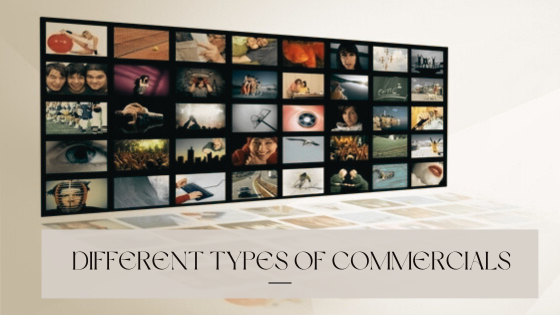Marketers employ a variety of strategies in advertising to engage customers and motivate them to purchase products or services. In many ways, the types of commercials employed can influence purchasing behaviors and dictate whether consumers remember the product or not. The critical point is to evoke emotions, cater to needs or present a solution that encourages the viewer to make a purchase.
Emotion-evoking Commercials
One of the most impactful types of commercials are those that trigger emotions in the viewer. This is based on the psychological understanding that people are more likely to recall feelings rather than facts or figures. Advertisements that generate happiness, surprise, sadness, or even fear can be highly effective. These messages leave an imprint on the viewer’s mind and subconsciously steer their purchasing behavior.
Testimonial Commercials
Social proof is a powerful motivating factor in purchasing decisions, and this is exactly what testimonial advertisements provide. Seeing real-life people vouching for a product or service adds credibility and authenticity. It builds trust with potential buyers and gives them more confidence in purchasing. Illustrative clips showing how the product or service has changed a customer’s life can create a relatable context, triggering an inclination toward purchase.
Explainer Commercials
Often, consumers don’t even know they need a product until they’ve seen it in action. Explainer commercials educate consumers about a product’s features or how it solves specific problems. This type of commercial is highly potent when introducing innovative products into the market. It provides the viewer with a sense of product understanding, resolving any confusion that might hinder purchase.

Promotional Commercials
Promotional advertisements are explicitly designed to encourage immediate purchases. They often utilize time-limited offers, discounts, or exclusive deals to create a sense of urgency. The purpose is to stimulate immediate action, pushing the viewers to quickly buy the product before the offer ends – this type of advertisement strategy is particularly common in retail and e-commerce.
Comparison Commercials
This type of advertisement is used to demonstrate a product’s superiority or uniqueness compared to competing offerings in the market. The main objective is to showcase why the advertised product should be the consumer’s top choice. By highlighting comparative advantages and distinguishing features, these commercials can sway buyers who are undecided between different brands.
Storytelling Commercials
Storytelling advertisements use narratives, often revolving around the product, to engage the viewers. Stories can arouse curiosity, maintain attention, and create a meaningful relationship between the brand and the consumer. In the end, viewers who are emotionally invested in the story tend to align with the brand, prompting them to purchase.
These are some of the types of commercials, but it’s important to remember that a good commercial is the result of many factors. The message, visuals, music and editing all need to come together in order for the ad to be effective. As you can see from Charlieuniformtango’s blog the power of commercials to influence customer decisions and brand loyalty is invaluable, making it crucial for advertisers to understand various types of commercials and their distinct influence on consumer behavior. With decades of experience in video marketing, Charlieuniformtango provides valuable insights on different kinds of commercials and how they prompt consumers to make purchases.
In Conclusion
The art of successful advertising hinges on the commercial’s ability to persuade potential buyers. Be it through emotions, stories, explanations, comparisons, testimonials, or promotions, different types of commercials affect consumers differently. Crafting the right message and delivering it in the proper manner will make people not just remember the commercial, but also go ahead and buy the product.